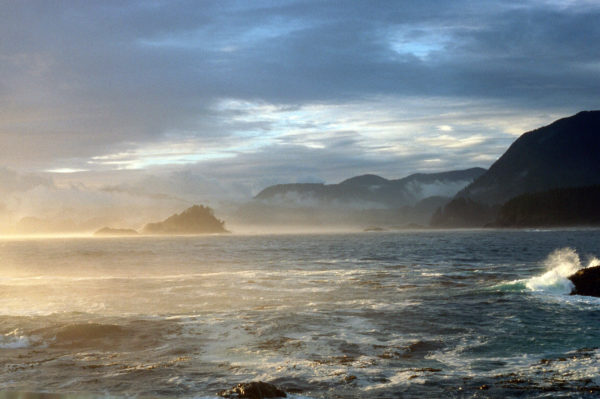Will our marine protected areas adapt to a changing climate?
New study finds that Canada should do more to ensure MPAs are effective well into the future
By Aurelie Cosandey-Godin
A few weeks ago, delegates from around the world gathered in Montreal to discuss how the Convention on Biological Diversity (CBD) will shape global biodiversity protection past 2020. To date, an important goal of the CBD has been to protect 17 per cent of terrestrial areas and 10 per cent of marine and coastal areas globally.
We already know that we need to protect more land and water to ensure healthy and resilient ecosystems. New CBD goals, then, will likely include a science target of 30 per cent marine protection by 2030.

But even if we achieve this level of protection, it’s possible that these protected areas won’t be as effective in the face of the climate crisis. As wildlife moves and our terrestrial and marine environments try to adapt to warming systems, we will need to make new decisions on the effectiveness of the areas we’ve decided to protect.
A new study, published in Science Advances by an international group of researchers, including WWF-Canada, set out to answer this question.
The results are harrowing. It turns out that our ongoing efforts are largely inadequate — globally, only six marine protected areas (MPAs) have implemented measures to deal with climate change and its impacts on biodiversity. Only one* explicitly considers climate change in its management plan.
And while the number of MPAs in Canada is growing, none have been designed with climate change in mind. This means we have little idea of their vulnerability and resilience or their ability to fight climate change
There are some solutions in sight, though. The study provides eight recommendations to expedite the integration of climate change into MPA design and planning. It highlights the need for networks of protected areas to be designed with future climate scenarios in mind, and to include explicit climate objectives in all MPA (and network) management plans (for example, we should anticipate the effects of climate change on MPAs and key habitats or species and assess our capacity for adaptive management).
These findings are timely as the global community starts to think increasingly about biodiversity and climate change and how they are linked. They also support WWF’s call for the integration of climate adaptation and mitigation in shaping a new post-2020 global biodiversity framework.
